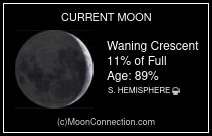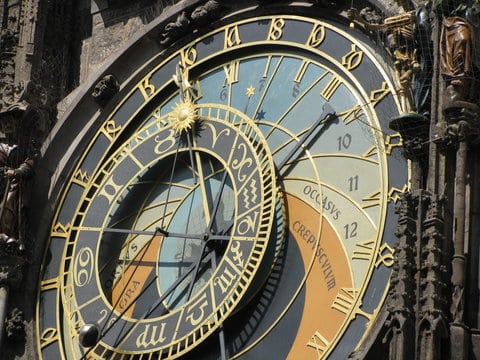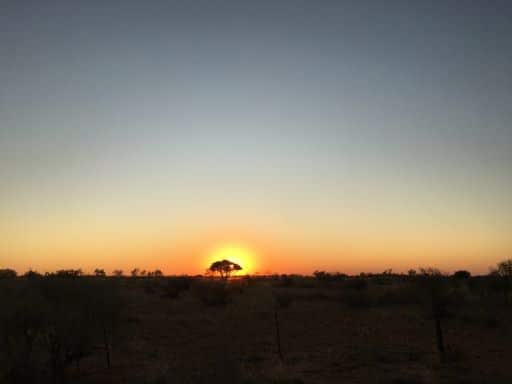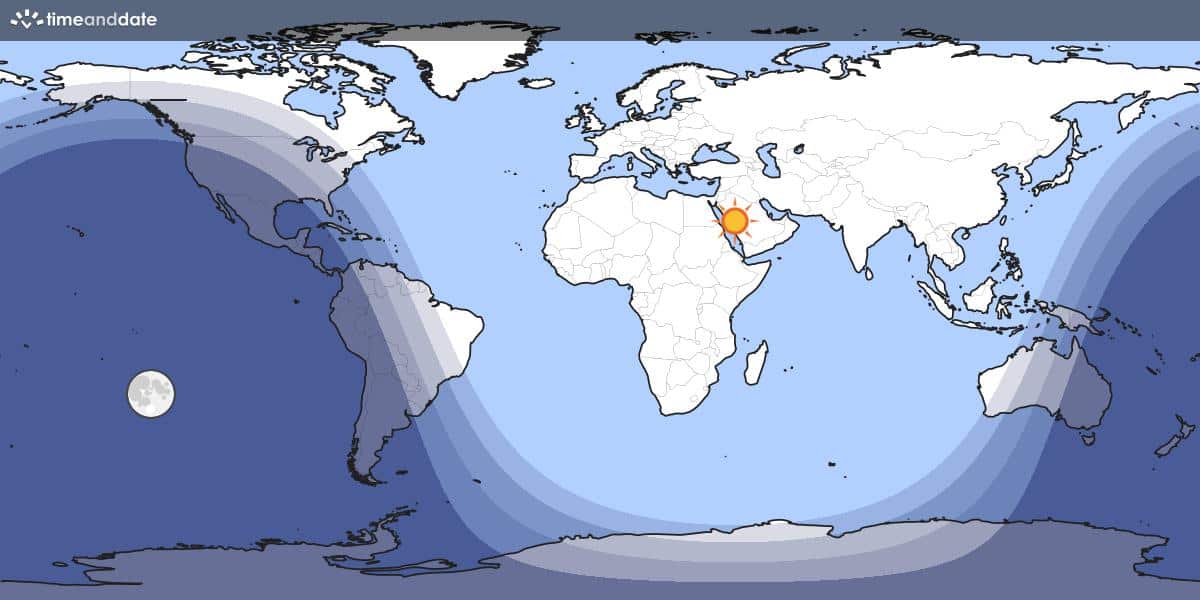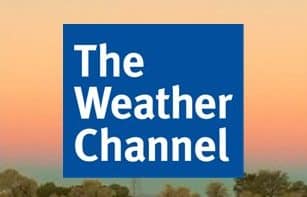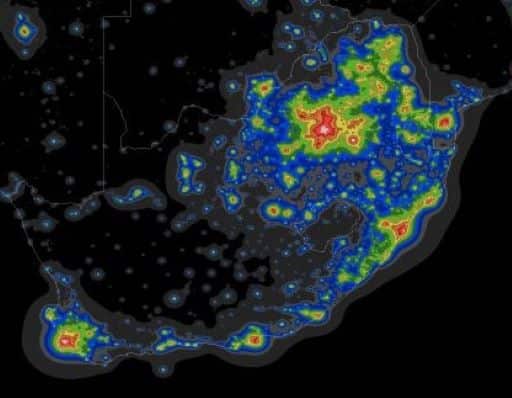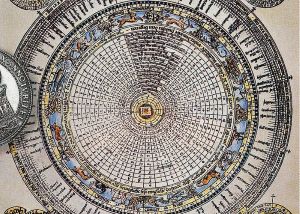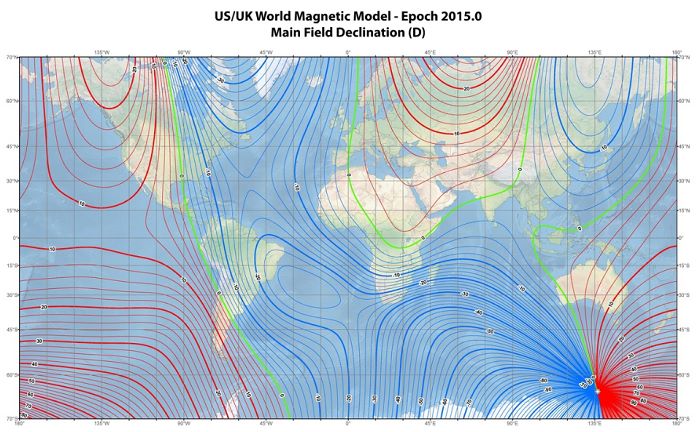Arthur Robert Hogg:
Catalogue of open clusters south of -45° declination (1965)
The twenty three Hogg open clusters offer an unusually rich observing project – not because the clusters themselves are rich – indeed, many of them are notably obscure – but because they all lie in exceptionally lush and beautiful star fields, with many of them juxtaposed with lovely NGC and Trumpler clusters, thus making it a superb visual treat to track down these tiny little treasures and endeavour to unscramble the more obscure cluster members from their star-rich backgrounds! Indeed, it isn’t often that one embarks on an observing project that is as much about the background as it is about the object!
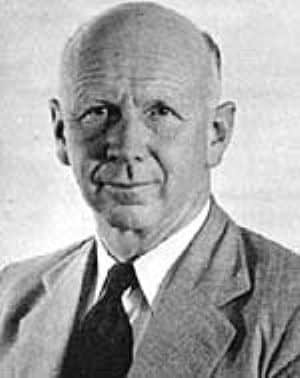
Arthur Robert Hogg (1903-1966)
In 1965 Australian astronomer Arthur Robert Hogg published a comprehensive catalogue and photographic atlas of southern open clusters south of -45°. This was a collection of 98 plates taken on Mount Stromlo’s 74-inch reflector, and a search of the plates revealed the existence of 22 hitherto unknown clusters.
Interestingly, he wrote:
‘Initially, the clusters were recognized from their visual appearance. This procedure is, of course, open to question, for the extent to which a group of stars appears as a cluster is subject to personal bias, to the scale of the plate, and to the nature of the surroundings. As a partial confirmation of the reality of the suspected groups, star counts have been made inside and outside of the suspected cluster area and the number of “members” estimated, using a standard deviation computed as the square root of the mean number of background stars in an area equal to that assumed to be covered by the cluster. In one case, cluster No. 18, a color-magnitude array has been observed to indicate the reality of the cluster.’
Hogg was born at Creswick, Victoria, on 25 November, 1903. He was educated at the Royal Melbourne Institute of Technology and at the University of Melbourne where he earned his B.Sc. in 1923 and M.Sc. in 1925. He was awarded his Ph.D. in 1950 from the University of Melbourne, based on his study of cosmic rays.
Hogg’s scientific interests covered an unusually wide range. He began his professional life as an industrial research chemist. Upon joining the Commonwealth Solar Observatory (as Mount Stromlo Observatory was then called) he took up the study of a number of atmospheric electrical phenomena, in particular of the conductivity, ionic mobilities and ion balance in the lower atmosphere. He then transitioned into the study of cosmic rays. During the Second World War years (with the Munitions Supply Laboratories and the Chemical Defense Board), his work there focused on the study of respirators.
When he returned to the observatory in 1946 Hogg became an astronomer. The field he chose was photoelectric photometry and he published a long series of papers on eclipsing variables, standard magnitudes and galactic clusters – and in 1965 his Catalogue of open clusters south of -45° declination. (He had played a leading role in establishing the new 74-inch reflecting telescope which was the Observatory’s primary research instrument throughout its lifetime. Alas, it was destroyed in the 2003 firestorm that largely destroyed Mount Stromlo Observatory.)
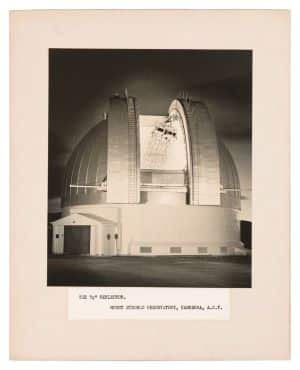
74 inch reflector Mount Stromlo. Credit: Museum of Applied Arts and Sciences
He was also instrumental in selecting Siding Spring Mountain as the site of an 150-inch telescope, away from Canberra’s increasing light pollution. He was the deputy director of the Mount Stromlo Observatory from 1961 to 1966. He died on 31 March, 1966. He was honoured with a crater on the Moon’s far side.
In the way that an error is perpetuated on the Internet, one often sees Arthur Hogg’s discoveries attributed to Helen Sawyer Hogg with statements along these lines “… the 22 Hogg star clusters were catalogued by Helen Sawyer Hogg during her research into the variable stars in the Large Magellanic Clouds”.
Hogg 1 (Vela)
RA: 09 40 42 Dec: -50 37 00
Mag: –
Size: 6.0′
No of stars: 17
Note: Rather open cluster of brighter stars

Hogg 1
Hogg 2 (Vela)
RA: 09 51 36 Dec: -56 18 00
Mag: –
Size: 6.0′
No of stars: 16
Note: Not an obvious group

Hogg 2
Hogg 3 (Vela)
RA: 09 57 40 Dec: -54 40 36
Mag: –
Size: 2.0′
No of stars: 23
Note: A few B and some F * forming an apparent ‘double cluster’ with No. 4

Hogg 3
Hogg 4 (Vela)
RA: 09 57 53 Dec: -54 36 36
Mag: –
Size: 4.0′
No of stars: 21
Note: Similar to No. 3. Other possible clusters in this rich field

Hogg 4
Hogg 5 (Carina)
RA: 10 06 09 Dec -60 23 06
Mag: –
Size: 3.0′
No of stars: 22
Notes: A small cluster in a rich field – may be an extension of Tr 12

Hogg 5
Hogg 6 (Carina)
RA: 10 06 28 Dec: -60 29 54
Mag: –
Size: 3.0′
No of stars: 20
Note: Similar to No. 5

Hogg 6
Hogg 7 (Carina)
RA: 10 29 06 Dec: -60 43 00
Mag: –
Size: 4.0′
No of stars: 30
Note: A less obvious group recognised by counting

Hogg 7
Hogg 8 (Carina)
RA: 10 29 18 Dec: -60 54 00
Mag: –
Size: 3.0′
No of stars: 17
Note: Similar to No. 7

Hogg 8
Hogg 9 (Carina)
RA: 10 58 24 Dec: -59 03 00
Mag: 10.6
Size: 1.0
No of stars: 10
Note: A very small hitherto unreported cluster – may be globular

Hogg 9
Hogg 10 (Carina)
RA: 11 10 42 Dec: -60 22 00
Mag: 6.9
Size: 3.0′
No of stars: 23
Note: May be an extension of NGC 3572

Hogg 10
Hogg 11 (Carina)
RA: 11 11 32 Dec: -60 22 18
Mag: 8.1
Size: 2.0′
No of stars: 10
Note: A small group similar to No. 10

Hogg 11
Hogg 12 (Carina)
RA: 11 12 20 Dec: -60 45 18
Mag: 8.8
Size: 4.0′
No of stars: 21
Note: Precedes NGC 3590 and may be a double cluster

Hogg 12
Hogg 13 (Carina)
RA: 11 16 18 Dec: -60 16 00
Mag: –
Size: 3.0′
No of stars: 13
Note: Similar to No. 11

Hogg 13
Hogg 14 (Crux)
RA: 12 28 39 Dec: -59 48 00
Mag: 9.5
Size: 3.0′
No of stars: 12
Note: A small weak cluster resembling NGC 4439

Hogg 14
Hogg 15 (Crux)
RA: 12 43 26 Dec: -63 06 00
Mag: 10.3
Size: 2.0′
No of stars: 6
Note: Small group of brighter and fainter stars

Hogg 15
Hogg 16 (Centaurus)
RA: 13 29 18 Dec: -61 12 00
Mag: 8.4
Size: 6.0′
No of stars: 13
Note: A small group of brighter stars, may merge with Cr 227

Hogg 16
Hogg 17 (Centaurus)
RA: 14 33 50 Dec: -61 21 48
Mag: 8.3
Size: 4.0′
No of stars: 31
Note: Resembles Tr 22
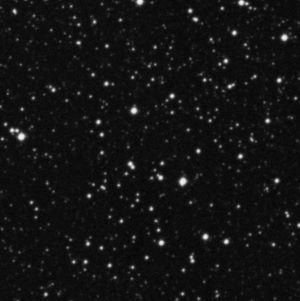
Hogg 17
Hogg 18 (Lupus)
RA: 14 50 32 Dec: -52 16 00
Mag: 8.0
Size: 5.0′
No of stars: 13
Note: Small elongated group of brighter stars

Hogg 18
Hogg 19 (Norma)
RA: 16 28 48 Dec: -49 08 00
Mag: –
Size: 4.0′
No of stars: 25
Note: Adjoins NGC 6134, but appears rather more open than it

Hogg 19
Hogg 20 (Ara)
RA: 16 44 24 Dec: -47 34 00
Mag: –
Size: 4.0′
No of stars: 12
Note: Close to NGC 6200

Hogg 20
Hogg 21 (Ara)
RA: 16 45 54 Dec: -47 45 00
Mag: –
Size: 4.0′
No of stars: 19
Note: Although centered more than 20′ from NGC 6200, it is possible that Hogg 21 is a concentration in a ‘wing’ of NGC 6200
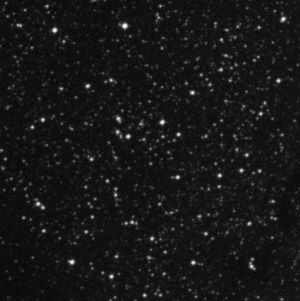
Hogg 21
Hogg 22 (Ara)
RA: 16 46 35 Dec: -47 05 00
Mag: 6.7
Size: 3.0′
No of stars: 10
Note: Near NGC 6204 but separate from it
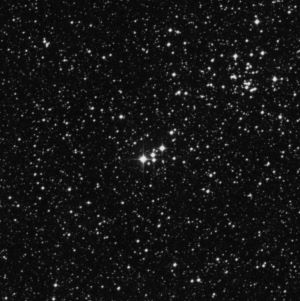
Hogg 22
Hogg 23 (Crux)
RA: 12 28 32 Dec: -60 53 43
Mag: 8.9
Size: 7.0′
No of stars: –
Note: –

Hogg 23



